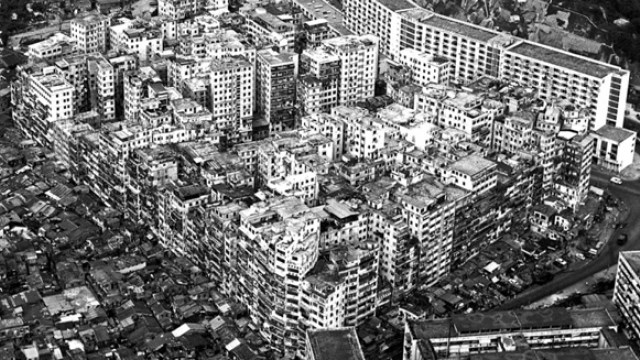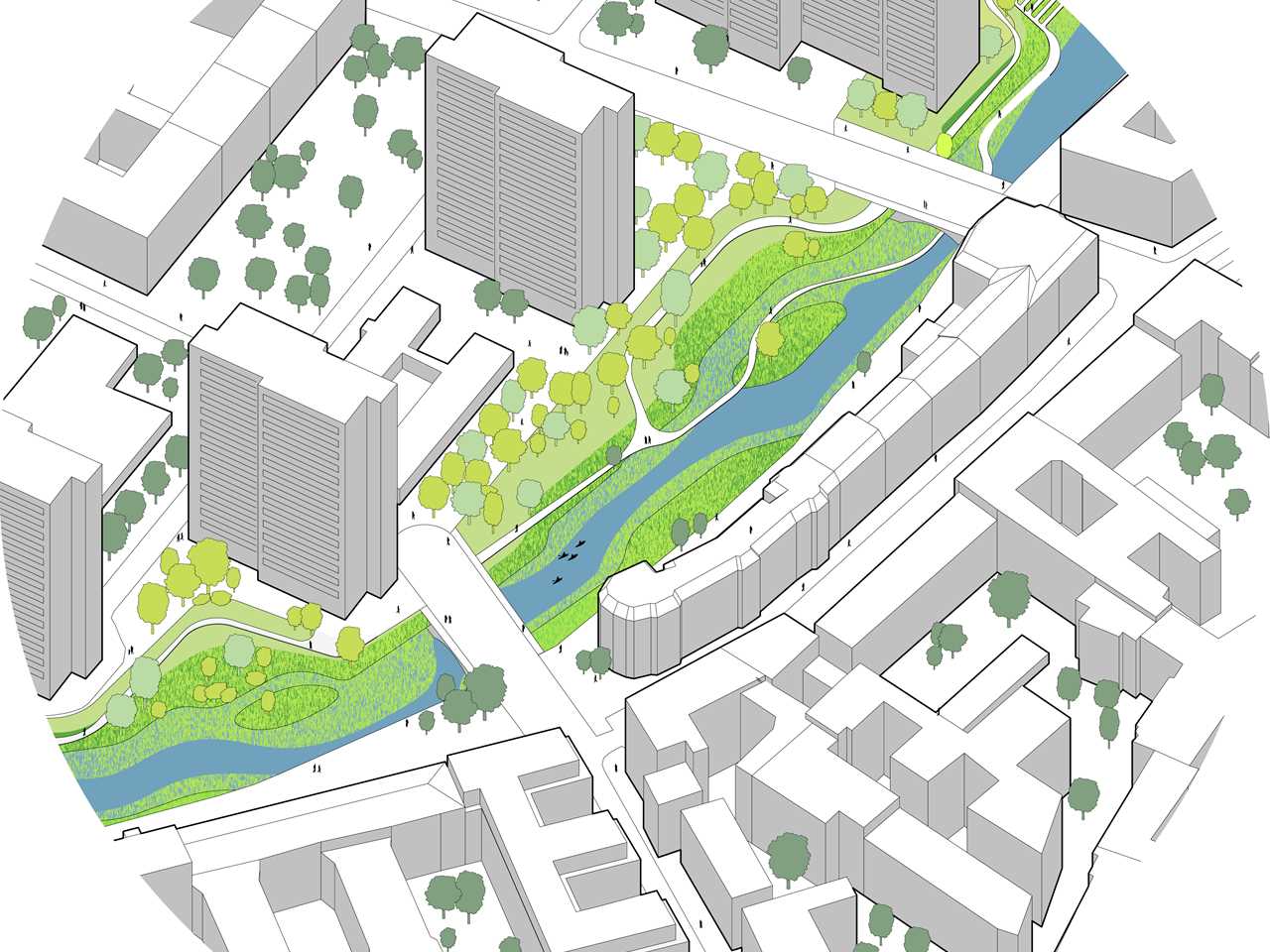Technical Area | Articles
The place to solve all your BIM doubts
URBAN RENEWAL: Rebuilding “Smart” Cities with BIM
Cities are not unlike a body. If you neglect for too long, they no longer function
BIM Implementation Infrastructures
Over the Hill?
Cities are not unlike a body. They grow. They age. If you neglect for too long, they no longer function. This is especially true for densely populated urban areas. Urbanization, though often a sign of healthy growth, must be planned for appropriately. When a city grows too large too quickly, there are many difficult challenges requiring time, money, and ingenuity to overcome. These include housing shortages, inadequate waste/garbage disposal, traffic congestion, overcrowding in schools, an increase in crime, and poor management of public works. We city dwellers are more than familiar with these problems, and are likely frustrated by them on a daily basis. Have you been stuck in traffic jam, late for an appointment, asking yourself, “Who is going to do something about this? How will they do it?
City planners, council members, and local and regional politicians often make the vague promise of urban renewal, but carrying it out requires a thoughtful approach, an agreed upon plan of action, and manageable expectations. This can be an enormous undertaking, and requires many heads coming together. In the planning stages, the roles of each institution, stakeholder, expert, and decision maker must be clearly defined. Transparency should be the primary goal in every step, especially for how the goods and services required will be obtained, how each project will be funded, and in the development of a detailed budget. Additionally, a clear timeline should be prepared, with contingency plans in place to address any delays or difficulties that arise.
When taking these things into consideration, you might think, “This sounds complicated. How do you organize a project this large?”
Growing Pains
As we all know, growing can be painful. Construction companies and contractors know this especially well, and face a multitude of issues when undertaking an urban renewal project. The demands placed on them to deliver on time and on budget are heavy. Here, we will outline the 5 most difficult obstacles they face:
Time Constraints
Expectations around the delivery of timely results have increased, while the time allotted to perform them has decreased. This means project managers must be resourceful in finding ways to meet the challenge of building structures both quickly and safely.
Cost
Cost-effectiveness is crucial, especially when the public is footing the bill. On average, the public is more willing to pay more for the completion of a project when it is evident that cost-effective measures are being taken during construction. When there is transparency about the budget, an understanding of how funds will be allocated, and a record of successful completion of a project with the funds provided, the public is more likely to support future endeavors.
Data Management
Large-scale projects generate massive amounts of information from various building information modeling (BIM) environments. When this data is not tracked and managed effectively, inconsistencies and errors occur.
Communication
Company owners, engineers, and civil designers on urban renewal projects are under more scrutiny than ever. They need to collaborate and communicate throughout the project – with each other, with stakeholders, and with the public. They must have equal access to information, and be able to share what they know with others, without obstruction.
Thinking Outside the Box
Contractors hungry to take on these new opportunities need to show that they can think holistically, switching easily in scope. They must also prove they can rise to any challenge. A successful contractor stays current with trends, but has an understanding of how a particular design can or cannot be integrated into a plan.
Change is Scary!
Though the challenges listed above are difficult, the most common problem for construction companies involved in contracted public works is project change.
Construction companies must be able to implement procedures to cope with changes as they arise. Policies and procedures should be developed, and responsibility assigned for identifying, evaluating, and accommodating them as they occur during project design and construction. They should be clear, have easily obtainable results, and fully evaluate the impact of changes.
In addition, procedures should be established for maintaining continuous review of all phases of design jointly carried out by the owner, consultants, and operational personnel. Management policies and procedures should be established with respect to delegation of review and approval authority for controlling design and construction quality, as well as for costs and for monitoring the schedule.
Or IS IT?
This may sound daunting, perhaps even impossible. Today's technology, however, allows project partners to communicate, monitor, control, and access to information with ease. Better still, they can share what they know with others on a global scale quickly. Most projects are built on a 2D model, but with building information modeling (BIM), they can be easily converted to a 3D scale. The question of how is simple- BIM focuses on the development, use, and transfer of a digital information model of a building project to improve the design, construction, and operations of a project or portfolio of facilities.
BIM makes a project “smart.” BIM makes a city “smart!”
BIM puts every team member on the same page by providing them with the same set of standards and processes. It facilitates information management and collaboration between teams. It allows architects and engineers to obtain several tracks of informed design (3D), while the builders reduce waste and complete their projects in time and on budget. Most importantly, it is instrumental in helping to prevent avoidable delays with time, resources, and money.
BIM takes the “work” out of teamwork. To integrate it into common use, we must spread the word, and make it part of the general practice when making plans for large-scale projects. When you have the tools and talent, any task can be accomplished. With the combination of the right plan, the right team, and BIM, we can create intelligent city models that can be analyzed and simulated in real time to continuously improve the health, safety, and well-being of the people who live in them.
Many of us have heard the expression, “work smarter not harder.” BIM does exactly that! Don’t think of it as a product, but as a process supported by technology to increase efficiency, improve communication, and remove the barriers faced when taking on large-scale projects.
If you are interested in what others have thought on Rebuilding smart cities, click the link
Want to explore more? Visit our Infra Pioneer Group’s articles
Source: https://www.infrapioneer.com/urban-renewal-rebuilding-smart-cities-with-bim/














